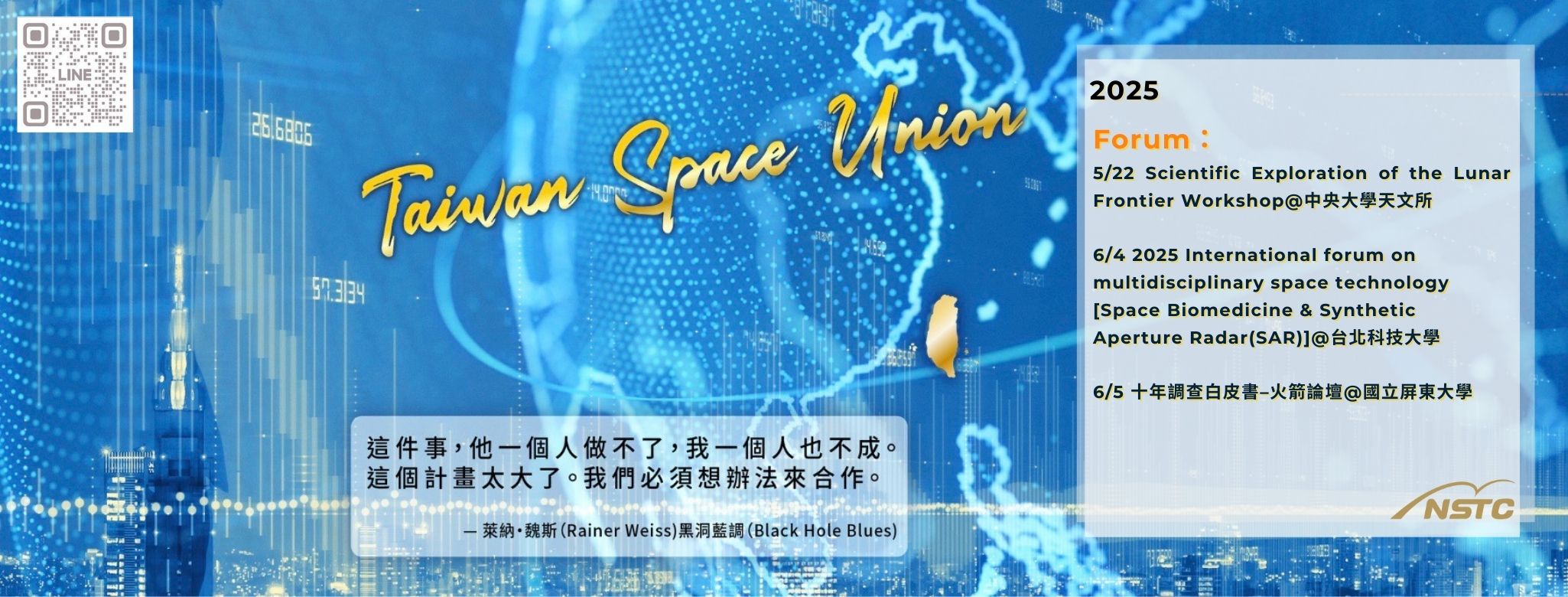Chang, Kang-Wei
Taipei Neuroscience Institute & Laboratory Animal Center, Taipei Medical University, Taipei 11048, Taiwan
kwchang@tmu.edu.tw
Outside the protective cocoon of the Earth’s atmosphere is a universe full of radiation. Space radiation is made up of three kinds of radiation: particles trapped in the Earth’s magnetic field; particles shot into space during solar flares; and galactic cosmic rays, which are high-energy protons and heavy ions from outside our solar system.
The new era of the space exploration, it is critical the effects of space-like conditions on potential materials or biology for space applications. We need to simulate similar space environment as radiation-exposure to explore the effects of radiation damage and whether it will cause temporary or permanent damage.
In Taiwan, we can use different radiation doses of 60Co r-rays, high or low energy of proton radiation exposure to simulate the environment operate in space, and then explore the impact of space radiation on temporary or permanent damage to materials and organisms.
Analysis of dicentric chromosome assay (DCA), a reproducible, specific, and highly sensitive method for detecting radiation become the Gold Standard for radiation biodosimetry. The National Atomic Research Institute (NARI) had established an international biological dosimetry laboratory. In the future, this technology can be expanded to biological dose assessment technology for space radiation. Key word: Space radiation, Proton radiation exposure, dicentric chromosome assay (DCA)


發佈留言